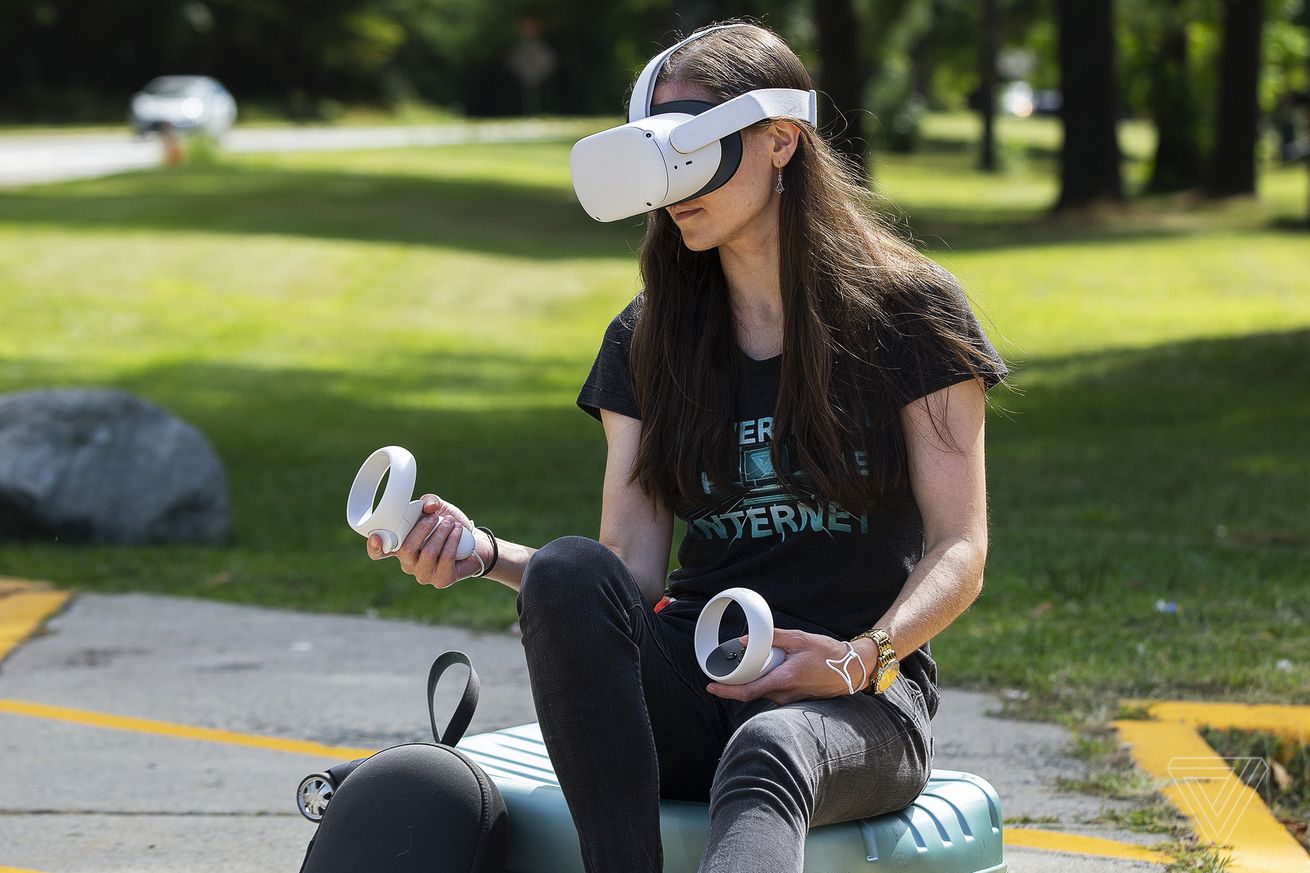
The Meta Quest’s improved hand tracking is now the default
In April 2022, Meta released Hand Tracking 2.0, its upgraded system that can detect things like high fives and clapping, but the company is now making 2.0 the default hand tracking technology for Quest apps, according to a Friday blog post. Meta announced in September that it would be deprecating 1.0 in April 2023, and it says the shift to 2.0 as the default is a “first step” toward that deprecation.
“Updating to Hand Tracking 2.0 doesn’t require any action from developers, and we believe this change will enhance the quality and capabilities of hand tracking across our app ecosystem,” Meta wrote in the post. “Hand Tracking 2.0 allows you to take full advantage of the many hands-driven interactions available with Interaction SDK.”
Meta first launched hand tracking on the Quest in December 2019, but the 2.0 update, in addition to tracking high fives and clapping, improved how the system sensed movement if parts of your hands were blocked from the headset’s onboard cameras. 2.0 actually isn’t Meta’s newest hand tracking tech; it launched Hand Tracking 2.1, which can follow fast movements better and more accurately predict future hand positions, with the Quest’s v47 OS update in November. You can read about some of those improvements in Meta’s blog.
Hand tracking might become a competitive battleground for VR headsets quite soon, especially if Apple’s rumored VR / AR device includes some of the hand tracking features detailed by Bloomberg’s Mark Gurman in an extensive report on Monday. Apple’s headset will apparently let you use a pinching motion to “activate” things like a button or an app icon, for example, which could mean the device won’t need controllers. (Meta’s Quest software also has pinch features.) And Apple is working on a way to let users “type in midair with their hands,” Gurman reports, which to me sounds like a bad way to write my next article but potentially useful for things like short searches or texts.

